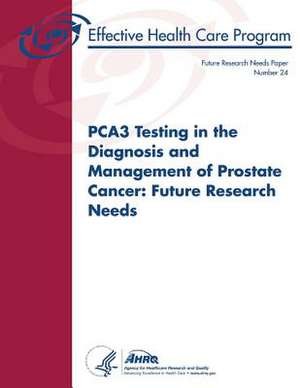Pca3 Testing in the Diagnosis and Management of Prostate Cancer
Autor U. S. Department of Heal Human Services, Agency for Healthcare Resea And Qualityen Limba Engleză Paperback
Preț: 97.09 lei
Preț vechi: 102.21 lei
-5% Nou
Puncte Express: 146
Preț estimativ în valută:
18.58€ • 19.45$ • 15.46£
18.58€ • 19.45$ • 15.46£
Carte disponibilă
Livrare economică 10-24 martie
Preluare comenzi: 021 569.72.76
Specificații
ISBN-13: 9781491071601
ISBN-10: 1491071605
Pagini: 60
Dimensiuni: 216 x 280 x 3 mm
Greutate: 0.16 kg
Editura: CREATESPACE
ISBN-10: 1491071605
Pagini: 60
Dimensiuni: 216 x 280 x 3 mm
Greutate: 0.16 kg
Editura: CREATESPACE
